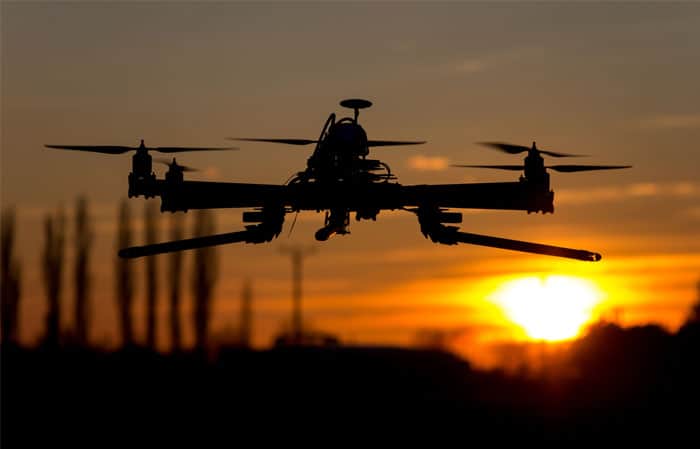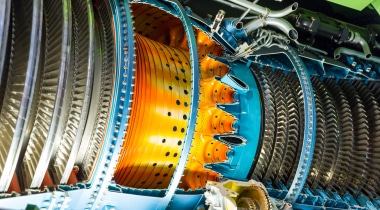In Part 1 of our series on aerospace industry trends and innovations, we looked at new ways of delivering commercial service to frequent fliers and the latest news on the space exploration front. In Part 2, we explore unmanned and solar plane flight, and the inroads these innovations have made so far in 2015.
Unmanned Aircraft Systems (UAS) FAA Regulation

Eighty-two billion dollars by 2025. That’s the growth potential of UAS in the U.S. alone, according to a recent report by risk management firm Marsh (p. 16). From delivery drones to mapping drones to defense drones to selfie drones (yes, really), the diversity and potential of space drones and other UAS is huge, and 2015 is shaping up to be a pivotal year.
But the FAA reports that the U.S. has the “busiest and most complex airspace in the world,” and though they are hard at work developing regulations and guidelines for UAS operation, this is new territory and the rules are definitely still in development. According to a UAS Magazine story from May 28, reporting on the AVUSI Unmanned Systems 2015 conference, FAA UAS Integration Officer, James Williams, is quoted as saying, “The FAA is very much dedicated to moving this industry forward. It’s one of the administrator’s top strategic priorities to integrate unmanned aircraft into the national airspace system.”
For more information on UAS regulation, visit the FAA website.
Solar Plane Flight

In May, the Solar Impulse 2, the first and only solar-powered plane, took off from China in an attempt to cross the Pacific Ocean. The flight is part of a greater global circumnavigation attempt that began in March 2015. According to solarimpulse.com, during the day the plane is powered by 17,000 solar cells that supply energy to the motors and charge a series of lithium batteries. The batteries then supply energy to the motors at night, allowing for the possibility of near constant flight.
Will renewables like solar become a viable option for fueling air travel? Only time will tell. However, the greening of the airline industry is a hot topic and one not likely to go away anytime soon. EurActiv reports that the industry as a whole is trying to address the issue, currently focusing on topics including biofuels, design-based energy efficiency improvements, flight path efficiency and the usefulness of IACO-governed emissions reduction legislation.
Conclusion
The aerospace industry is in a constant state of change, and these new developments are just a few of the ways technology is shaping the future of aerospace. As a global supplier and distributor of aerospace parts, Kapco Global is working hard to stay abreast of the latest news, trends and advances in order to deliver what our clients need when they need it. To learn more about our services and how we can help you in your aerospace MRO efforts, contact a Kapco representative today.
Did you miss reading part one of our aerospace industry innovation roundup?
Read it here: 2015 Aerospace Industry Innovations and Trends: PART 1



















